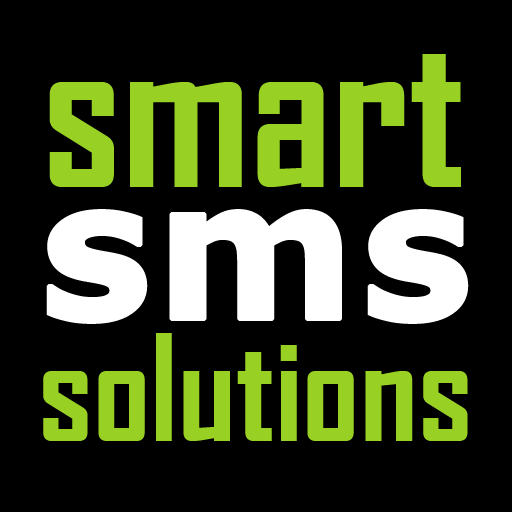You might feel that starting a business is a difficult task but it is as simple as anything else, especially when starting up a digital business.
To properly start and run your business effectively and successfully, you as an entrepreneur need to have strong financial stability and a diverse skill set.
When you establish a business, it would help to give you control of your career and also make you a job creator for others.
In this article, we will be discussing the type of business model you should choose after establishing your preferred business.
RELATED: How to Know What Business to Start
What are the available business models?
A business model is a carefully laid out plan for the successful operation of a business that identifies its possible sources of revenue and the intended customer base, products, as well as details of financing.
In this context of owning a business, there are essentially 2 available business models:
1. B2B - Business to Business:
In this model, a business sells its products/services to another business. Oftentimes in this model, the buyer is not usually the end-user or consumer of the product but rather resells the product to the actual end-user or consumer.
The following features are necessary to establish a proper B2B business model:
- Account Onboarding and Separation: Your business should have a platform where other business ventures can sign up and register for your business. A unique and separate login would be required of these other business ventures to distinguish them from other non-business buyers.
- Sample Product Ordering and Multiple Pricing: Since the purchasing businesses are buying in bulk, it would be convenient and good practice to allow them to carry out a quality check of your product by providing samples of the product. The pricing of your product may be based on different parameters, for example, volume or region.
- Bulk Order Discount and Order Tracking: Due to the large quantity being purchased by the businesses, a discount would often normally be granted to them. A feature to track their order without having to log into their account should also be provided to aid in easy and efficient order delivery.
- Re-order/Quick Order Functions: Businesses involved in the B2B arrangement should have the option to re-order a previously ordered quantity of product or to make minor adjustments to the terms before re-ordering. Such a process should be made as seamless as possible for them.
2. B2C - Business to Customer:
This is the most common business model with many unique approaches under it. Under this model, the business only sells directly to the end consumer/customer of the product. This model does not only include products but also services as well.
A typical B2C business model includes the following features:
- Shorter Sales Cycle: A B2C purchase decision is much easier and faster to make than a B2B purchase decision. For example, it would be fairly easier for you to decide to buy a pair of clothes than for your business to decide to require the services of a food caterer for an event.
- Personalization and Search: The model allows customers to search across various categories of products to select the products that have features that personalize their individual buying preferences.
- Product/Service Order Configuration and Price Sensitivity: Customers are allowed to fine-tune their products/services to their desired specifications. You should know that customers under this model are usually more sensitive to the slightest change in price as this would affect their purchasing ability.
- Lower entry costs and risks: Generally, there are usually lower costs of starting up a B2C model business. Correspondingly, there are also fewer risks associated with starting up a B2C model business.
RELATED: 20 Small Business Ideas to Run From Home
What Business Model Do I Choose?
The answer to this question would depend on the type of business (referring to size, whether small scale or large scale) you want to establish and the target market of the business.
Generally, a B2B model business would be more appropriate when:
- The size of the business is fairly large, for example, a mega supermarket that has outlets across various regions of the country such as Shoprite or Jumia.
- The target audience of the business is dominated by entrepreneurs in the same or a similar industry. For example, car engine manufacturers. Such businesses would operate using this business model because the users/audience of the car engine is other businesses that still operate in the same automobile industry.
On the other hand, a B2C model business would be more appropriate when:
- The size of the business is relatively small, for example, a retail furniture store.
- Your business’s target audience is dominated by non-entrepreneurs or by entrepreneurs who operate in an entirely unrelated industry. For example, a food caterer would operate a B2C model because the services are being provided to individuals/entrepreneurs who are not operating in the same catering industry.
Ultimately, you would need to assess your business or intended business based on these two yardsticks to determine the most efficient business model to adopt.
Conclusion
All businesses operate using a business model. These business models adopted may either be a B2B model, a B2C model, or a combination of the two. The decision on the best to adopt would largely depend on the nature and the target audience of your business.
Regardless of the nature of your business, we at SmartSMSSolutions are here to offer you a platform to boost your business communication with your customers and clients through Bulk SMS. Register with us now to enjoy seamless, convenient, and efficient communication with your customers at affordable rates.
RELATED: What is the difference between Marketing and Sales?
RELATED: How to Be Financially Successful


